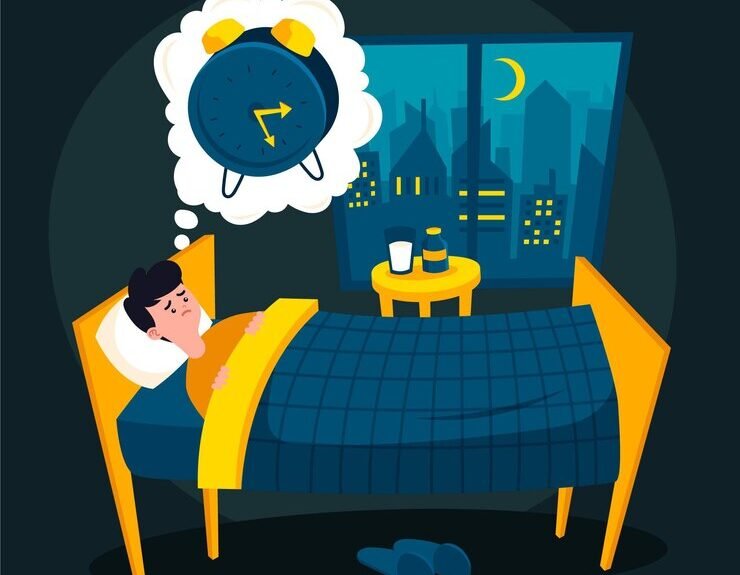Best position to sleep
Side sleeping is one of the most popular sleep positions, favored by millions around the globe. Not only does it promote better sleep quality, but it also offers numerous health benefits. In this guide, we will explore the advantages of side-sleeping, provide expert opinions, and share tips to enhance your sleeping experience.
What is Side Sleeping?

Side-sleeping is when you lie on your side during sleep. This position can be further classified into two main types:
- Left Side-Sleeping: Often recommended for its numerous health benefits.
- Right Side-Sleeping: While still beneficial, it may not be as advantageous as sleeping on your left side.
Benefits of Side Sleeping
Improved Digestion

According to Dr. John Douillard, a leading expert in Ayurvedic medicine, sleeping on your left side can aid digestion by allowing gravity to assist the natural flow of digestive processes. “This position can help the stomach and pancreas function better,” he states.
Reduced Risk of Sleep Apnea

Studies have shown that side-sleeping can significantly reduce the risk of obstructive sleep apnea. According to the American Academy of Sleep Medicine, back sleepers are more prone to airway blockages, whereas side sleepers maintain a clearer airway.
Better Heart Health

The American Heart Association suggests that left-side sleeping can enhance blood circulation and reduce the strain on your heart. Dr. Michael Breus, a clinical psychologist and sleep specialist, emphasizes that “sleeping on your left side helps to improve lymphatic drainage and heart function.”
Reduced Acid Reflux

A study published in the Journal of Clinical Gastroenterology found that individuals who sleep on their left side experience fewer acid reflux symptoms. Dr. Suresh G. Kamat, a gastroenterologist, notes, “This position keeps the esophagus above the level of gastric acid, reducing discomfort.”
Enhanced Brain Health

Research indicates that side-sleeping may assist in removing brain waste, reducing the risk of neurodegenerative diseases. According to Dr. Maiken Nedergaard, a neuroscientist at the University of Rochester, “Sleeping on your side promotes the brain’s glymphatic system, which cleanses the brain of toxins.”
ALSO READ: Transform Your Bedroom with Feng Shui: Unlock Tranquility and Harmony
Potential Downsides of Side Sleeping
While side-sleeping has many advantages, there are some potential downsides to consider:
- Shoulder and Hip Pain: Side sleepers may experience discomfort in their shoulders and hips. Choosing the right mattress and pillow can mitigate this issue.
- Facial Wrinkles: Consistent pressure on one side of the face can contribute to skin aging. Rotating your sleep position can help reduce this risk.
- Nerve Compression: Some individuals may experience numbness or tingling in their arms due to nerve compression. Adjusting your arm position during sleep can alleviate this problem.
Tips for Better Side Sleeping
Invest in a Quality Mattress

A medium-firm mattress that offers support while conforming to your body’s curves is ideal for side sleepers. Look for mattresses made of memory foam or latex for optimal comfort.
Choose the Right Pillow

A supportive pillow is crucial for maintaining proper neck alignment. Experts recommend a thicker pillow that keeps your head aligned with your spine.
Use a Body Pillow
A body pillow can provide extra support for your knees and legs, reducing pressure on your hips and lower back.
Maintain a Relaxed Position
Ensure that your arms are not crammed under your body. Instead, try to keep your arms extended in front of you or comfortably at your sides.
Rotate Your Position
To avoid potential issues like facial wrinkles or nerve compression, consider alternating sides during the night.
Expert Opinions on Side Sleeping
Dr. Michael Breus, often referred to as “The Sleep Doctor,” highlights the importance of listening to your body: “While side-sleeping is generally beneficial, individual comfort is key. It’s important to find a position that works for you.”
Furthermore, Dr. Matthew Walker, a renowned sleep scientist, suggests, “The best position for you may depend on various factors, including personal health and comfort levels. Experimenting with different positions can lead to better overall sleep quality.”
Conclusion
Side-sleeping is a popular choice for many due to its numerous health benefits. By understanding the advantages and implementing the right techniques, you can optimize your sleep quality and overall well-being. Remember to listen to your body, consult with experts, and make adjustments as needed to ensure you get the best rest possible.
Love what you read? Join our community! Like, share, and follow Wikifomo for more exciting insights. Your support encourages our passion! Thank You.
FAQs About Side Sleeping
Is side sleeping bad for my shoulder?
Not necessarily, but it can lead to discomfort if your mattress or pillow isn’t supportive enough. Consider investing in a quality mattress and a supportive pillow.
Can side sleeping cause back pain?
If your spine is not aligned properly, side-sleeping may contribute to back pain. Ensure your mattress and pillow support proper spinal alignment.
Should I always sleep on my left side?
While left-side-sleeping offers more health benefits, alternating sides is important to avoid discomfort and pressure points.
What is the best pillow for side sleepers?
A thicker, firmer pillow that keeps your head and neck aligned with your spine is ideal for side sleepers.
Can side sleeping reduce snoring?
Yes, sleeping on your side can help keep your airways open and reduce the likelihood of snoring.



